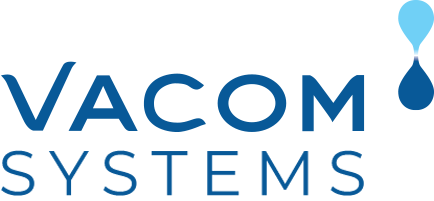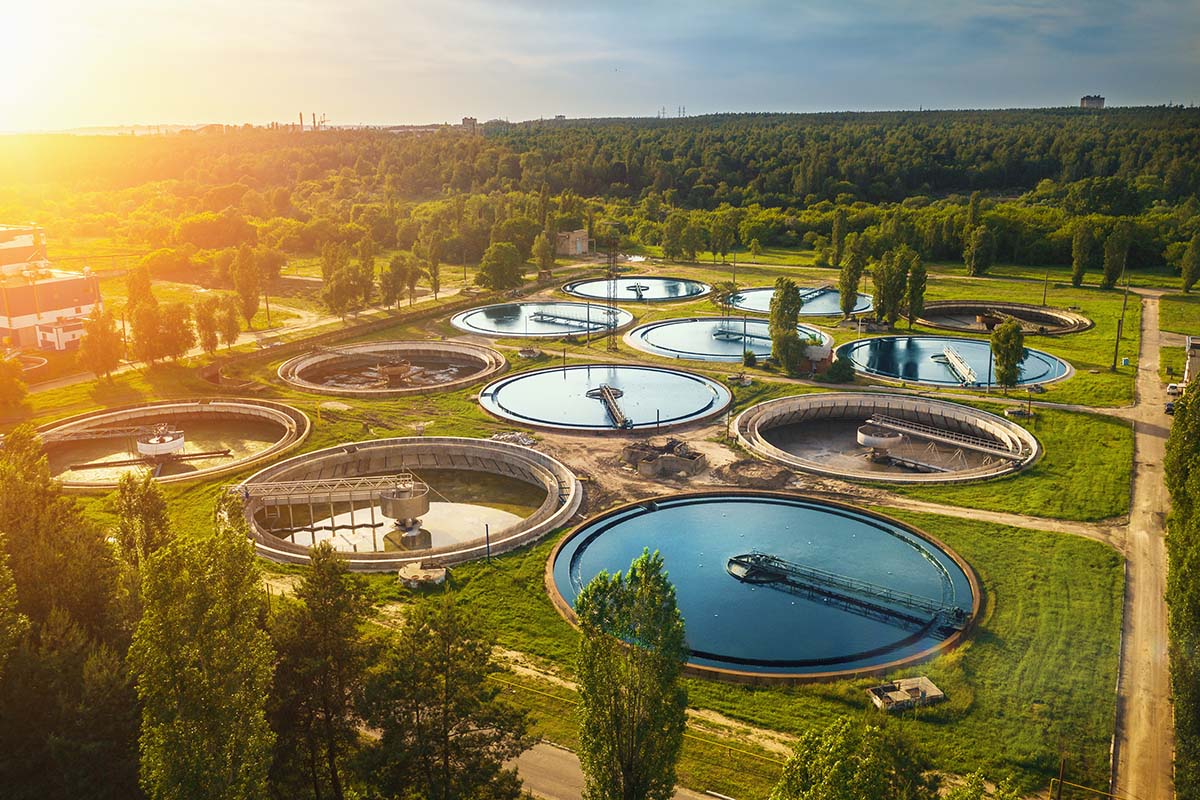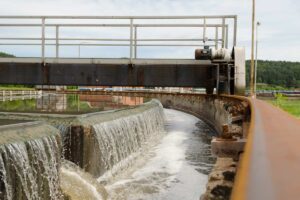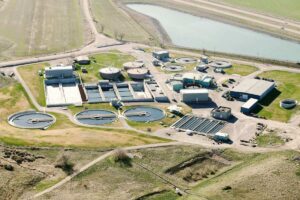Wastewater treatment is an essential process that ensures the safety of the environment and the public’s health. As the population continues to grow, so does the amount of wastewater produced, leading to an increase in the volume of sludge produced. Municipalities are responsible for the collection and treatment of wastewater, including the management of sludge. In this blog post, we will be discussing what municipal sludge management entails, the different types of sludge, and the methods used in managing sludge.
Sludge is the semi-solid residue that remains after the treatment of wastewater. It is a complex mixture of organic and inorganic materials, including microorganisms, pathogens, heavy metals, and chemicals, that requires proper handling to protect the environment and human health. Municipal sludge is generated in wastewater treatment facilities that serve cities and towns.
There are two types of municipal sludge: primary and secondary. Primary sludge is produced during the initial sedimentation process, where large solid particles are removed from wastewater. Secondary sludge, on the other hand, is generated during the biological treatment process, where microorganisms break down the organic matter.
Municipal sludge management involves several processes, including stabilization, dewatering, and disposal. Stabilization is the process of reducing the biodegradable organic matter to minimize the risk of odors and pathogens. Common stabilization methods include aerobic stabilization, where oxygen is added to the sludge, and anaerobic digestion, where microorganisms break down the organic matter in the absence of oxygen. Stabilized sludge can also be used as a soil amendment or fertilizer.
Dewatering is the process of removing the water content from the sludge to reduce the volume for easy handling, transportation, and disposal. Common dewatering methods include mechanical dewatering, where the sludge is pressed, and centrifugation, where the sludge is spun at high speeds. The dewatered sludge is usually referred to as cake and can be disposed of by incineration, landfill, or land application.
Incineration is the destruction of the sludge by burning it at high temperatures. It is considered the most efficient method of sludge disposal, as it reduces the volume of the sludge and destroys any pathogens present. Landfilling is another method of disposing of sludge, though it requires a proper lining system to prevent contamination of groundwater. Lastly, land application involves the use of sludge as a soil amendment or fertilizer. However, this method requires proper regulation to prevent the buildup of heavy metals and other contaminants in the soil.
Municipal sludge management plays a vital role in ensuring the protection of the environment and human health. With proper handling, treatment, and disposal, the risk of contamination and exposure to harmful substances can be minimized. The different methods of stabilizing, dewatering, and disposing of sludge cater to the unique needs of each municipality. It is crucial for municipalities to have a comprehensive sludge management plan that adheres to regulations and guidelines to ensure the safe handling and disposal of sludge.
Vacom is committed to the safety of the communities we service. If you are looking for top of the line Municipal Sludge Management, then contact us today.




